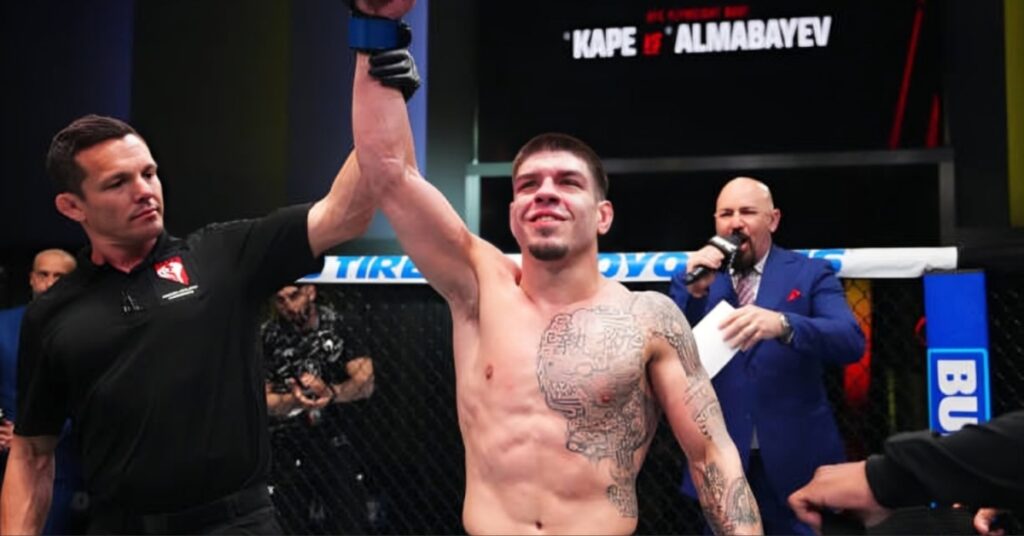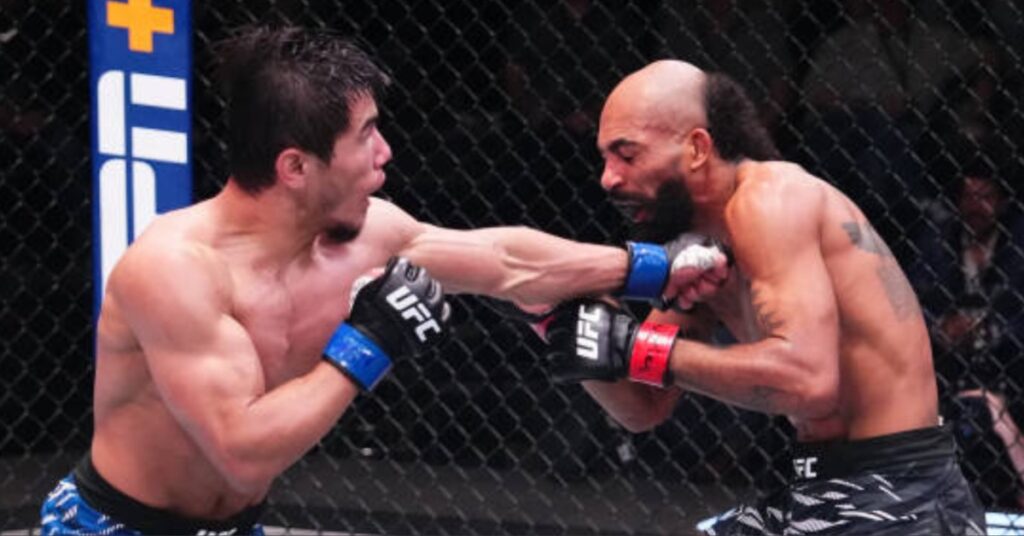IBJJF Weight Classes: Everything Explained
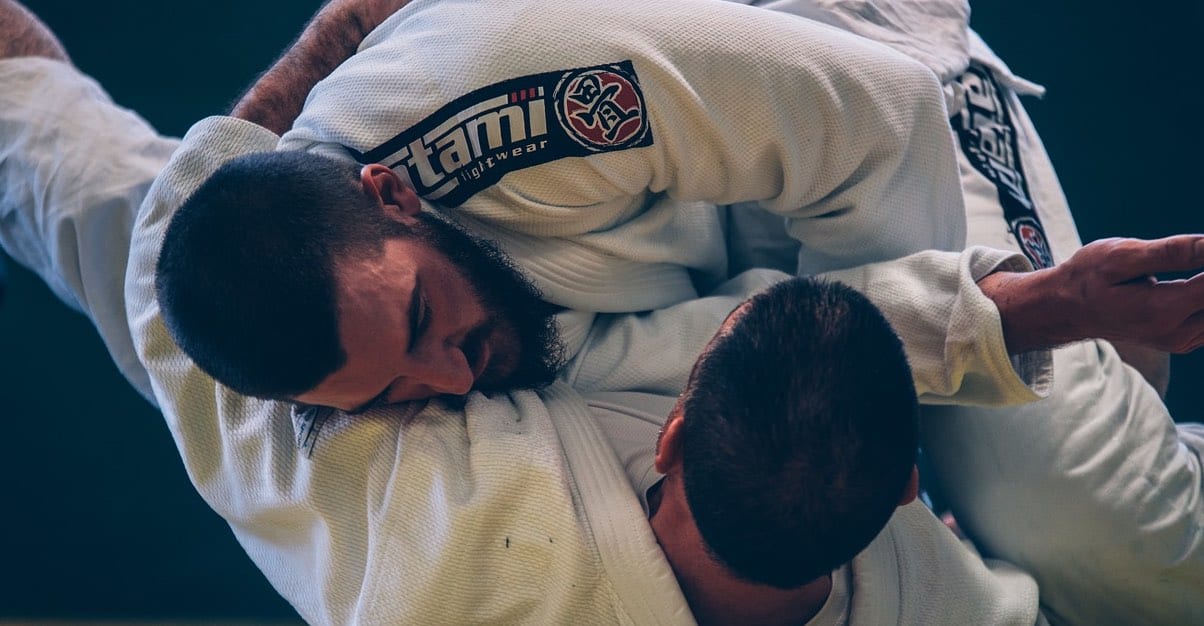
The International Brazilian Jiu-Jitsu Federation is the most prestigious Jiu-Jitsu organization in the world. They oversee the biggest BJJ events in the sport.
If you want to compete in a world championship one day, you have to compete in IBJJF tournaments. But before you can even compete, you have to make the weight of one of the IBJJF Weight Classes.
Within the sport of Jiu-Jitsu, the IBJJF have the strictest rule sets for their tournament Jiu-Jitsu weight classes. Here is everything about the IBJJF weight classes explained. We’re going to list every IBJJF weight class within the federation and the weighing-in process.
IBJJF weight classes – juvenile girl’s Gi
IBJJF’s juvenile girl divisions in the IBJJF consist of girls from age 16 and below. The belts go from white belt to green/black belt.
The weight classes include:
| Rooster: | 44.3kg (98lbs) |
| Light Featherweight: | 48.3kg (106.5lbs) |
| Feather: | 52.5kg (116lbs) |
| Light: | 56.5kg (125lbs) |
| Middle: | 60.5kg (133.5lbs) |
| Medium Heavy: | 65kg (144lbs) |
| Heavy: | No Maximum Weight |
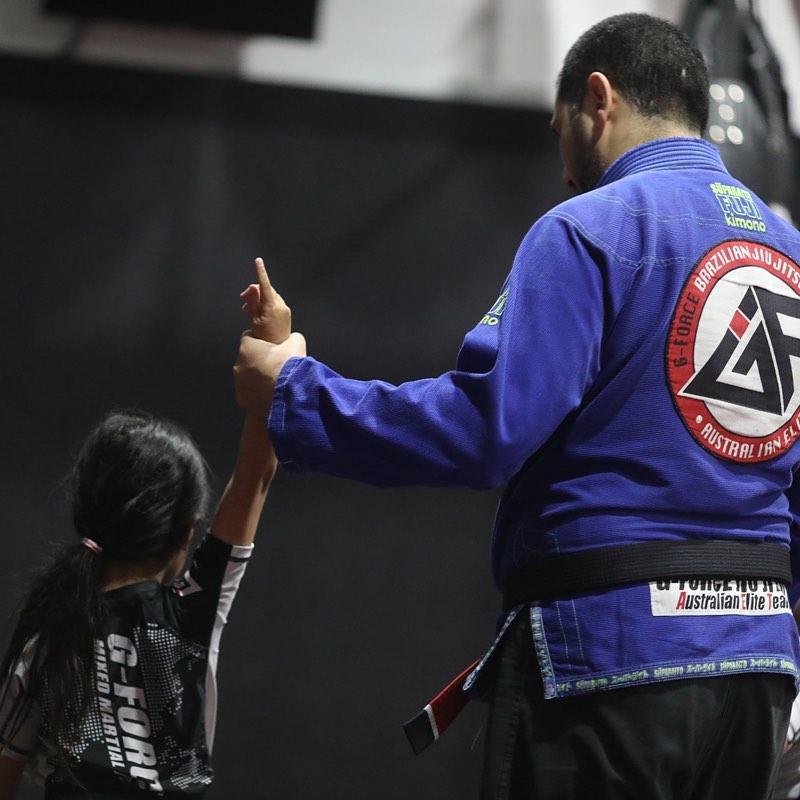
IBJJF No-Gi weight classes – juvenile girl’s
The official weight classes of the juvenile girl’s No-Gi divisions include:
| Rooster: | 42.5kg (94lbs) |
| Light Feather: | 46.5kg (103lbs) |
| Feather: | 50.5kg (111.5lbs) |
| Light: | 54.5kg (120.5lbs) |
| Middle: | 58.5kg (129lbs) |
| Medium Heavy: | 62.5kg (138lbs) |
| Heavy: | 66.5kg (147lbs) |
| Super Heavy: | No Maximum Weight |
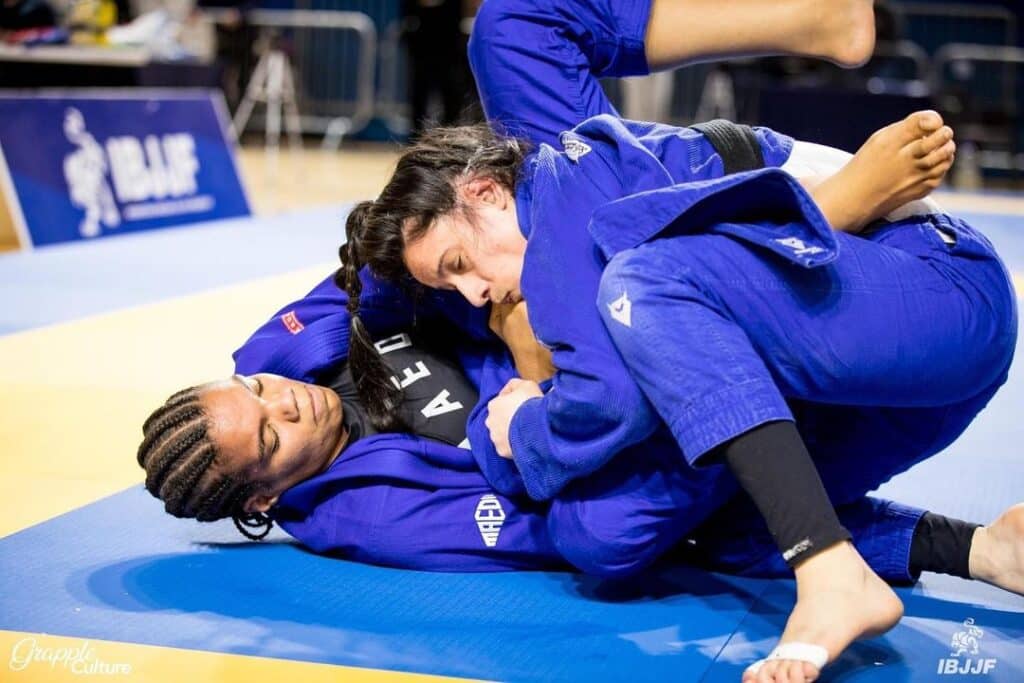
IBJJF weight classes – juvenile boy’s Gi
IBJJF’s juvenile boy’s Gi weight classes differ slightly from the girl’s classes with boys being slightly bigger than girls. Like the Juvenile girl divisions, the boys are also from age 16 and below.
The official juvenile boy’s Gi IBJJF weight classes include:
| Rooster: | 53.5kg (118lbs) |
| Light Feather: | 58.5kg (129lbs) |
| Feather: | 64kg (141lbs) |
| Light: | 69kg (152lbs) |
| Middle: | 74kg (163lbs) |
| Medium Heavy: | 79.3kg (174.5lbs) |
| Heavy: | 84.3kg (185.5lbs) |
| Super-Heavy: | 89.3kg (196.5lbs) |
| Ultra Heavy: | No Maximum Weight |
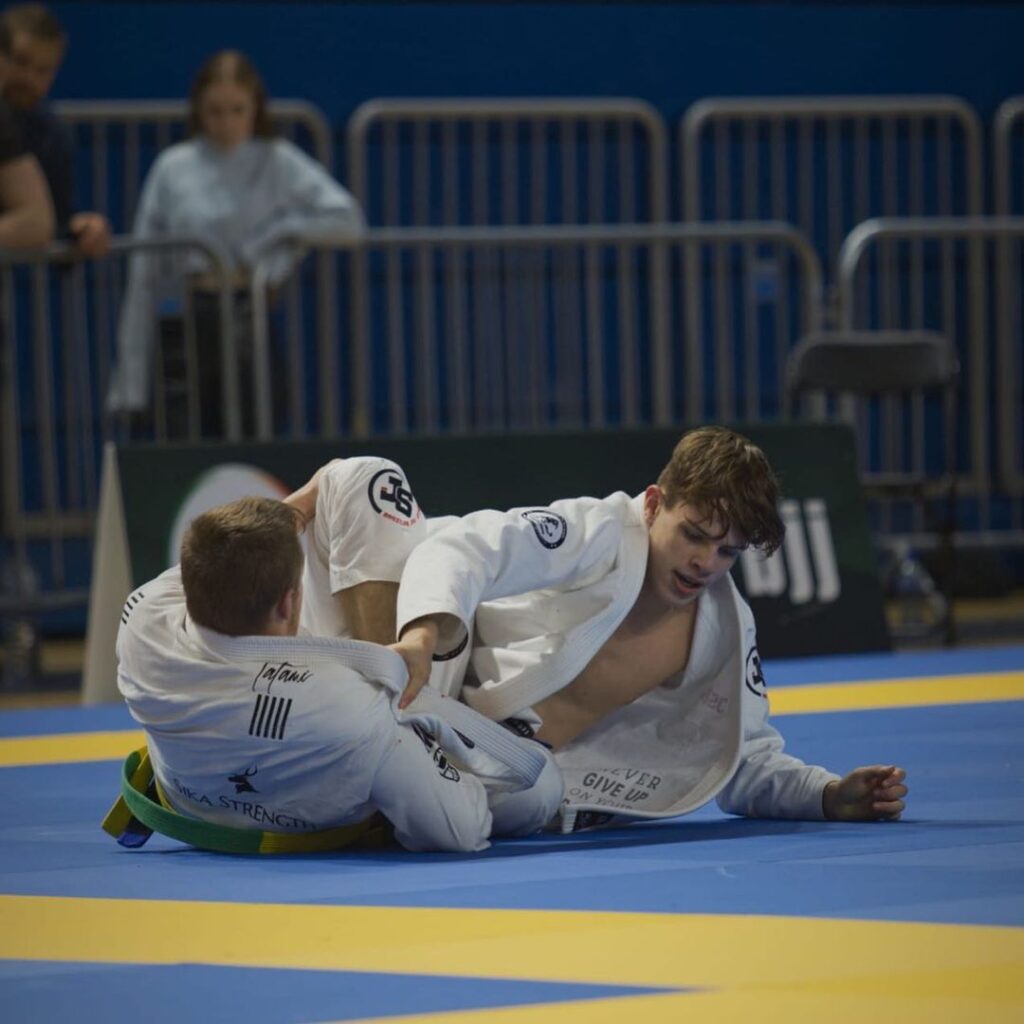
IBJJF weight classes – juvenile boy’s No-Gi
The official juvenile boy’s No-Gi IBJJF weight classes include:
| Rooster: | 51.5kg (114lbs) |
| Light Feather: | 56.5kg (125lbs) |
| Feather: | 61.5kg (136lbs) |
| Light: | 66.5kg (147lbs) |
| Middle: | 71.5kg (158lbs) |
| Medium Heavy: | 76.5kg (169lbs) |
| Heavy: | 81.5kg (180lbs) |
| Super Heavy: | 86.5kg (191lbs) |
| Ultra Heavy: | No Maximum Weight |
IBJJF weight classes – adult & master female Gi
These are the official adult and master female Gi IBJJF weight classes:
| Rooster: | 48.5kg (107lbs) |
| Light Feather: | 53.5kg (118lbs) |
| Light: | 58kg (129lbs) |
| Middle: | 69kg (152lbs) |
| Medium Heavy: | 74kg (163lb) |
| Heavy: | No Maximum Weight |
IBJJF weight classes – adult & master female No-Gi
These are the official adult and master female No-Gi IBJJF weight classes:
| Rooster: | 48.5kg (107lbs) |
| Light Feather: | 53.5kg (118lbs) |
| Light: | 64kg (141.5lbs) |
| Middle: | 69kg (152.5lbs) |
| Medium Heavy: | 74kg (163.5lbs) |
| Heavy: | No Maximum Weight |
IBJJF weight classes – adult & master men’s Gi
These official adult and master men’s Gi IBJJF weight classes:
| Rooster: | 57.5kg (126.5lbs) |
| Light Feather: | 64kg (141lbs) |
| Light: | 76kg (167.5lbs) |
| Middle: | 82.3kg (181lbs) |
| Medium Heavy: | 88.3kg (194.5lbs) |
| Heavy: | 94.3kg (207.5lbs) |
| Super Heavy: | 100.5kg (221lbs) |
| Ultra Heavy: | No Maximum Weight |
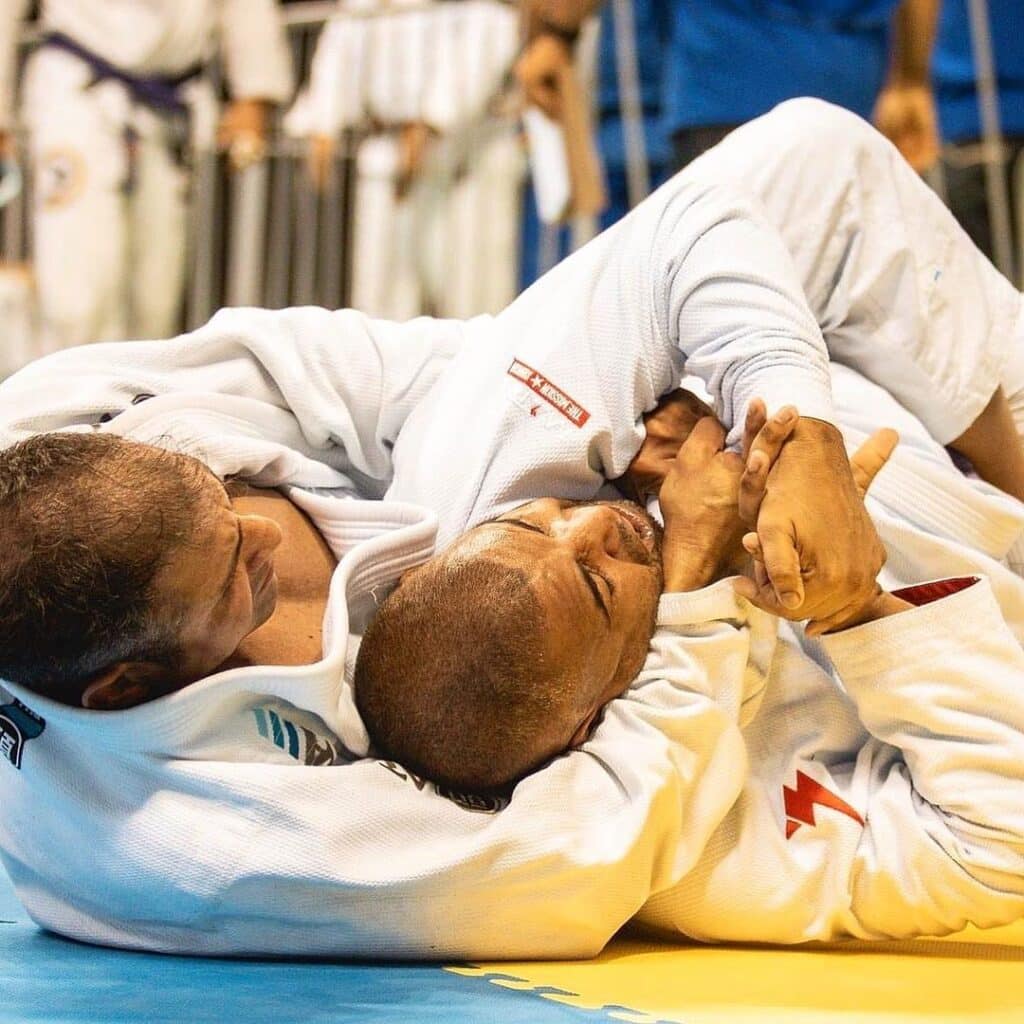
IBJJF weight classes – adult & master men’s No-Gi
These are the official adult and master men’s No-Gi IBJJF weight classes.
| Rooster: | 55.5kg (122.5lbs) |
| Light Feather: | 61kg (136lbs) |
| Light: | 73.5kg (162.5lbs) |
| Middle: | 79.5kg (175.4kg) |
| Medium Heavy: | 85.5kg (188.5lbs) |
| Heavy: | 91.5kg (202lbs) |
| Super Heavy: | 97.5kg (215lbs) |
| Ultra Heavy: | No Maximum Weight |
IBJJF weigh in rules
The IBJJF is known for having the strictest guidelines for its weigh-in protocols. In smaller tournaments, there is no problem if you miss weight. You will just be moved up to the next weight class.
This is not how IBJJF runs its tournaments. If you miss weight, there is no coming back in 30mins to try again or get moved up a weight class.
You are immediately disqualified and removed from your bracket. They have a strict no-refund policy, so you will be out a good sum of money along with being disqualified.
Another way the IBJJF differs from most tournaments is its process of doing weigh-ins. In most smaller tournaments, you weigh in as soon as you get to the venue. This is not so in an IBJJF tournament.
In their tournaments, you have to weigh in right before your first match. You either have to be exactly at the weight of your division or below in order to compete.
If you’re doing a Gi competition, then you will be weighing in with your Gi on. Since the Gi adds between 1-3kgs, you need to choose your weight class wisely.
There won’t be time to rehydrate if you cut weight either. So if you’re near the weight limit without your Gi this could be a problem. You should probably consider going up a weight class to avoid being disqualified.
IBJJF uniform requirements
The IBJJF is notorious for its strict uniform requirements for its tournaments. Here are the Gi and No-Gi regulations for IBJJF tournaments.
IBJJF Gi regulations
| Material: | Only Gis with cotton or cotton-like fiber is allowed at IBJJF tournaments. The fabric cannot be thick to be where it makes the Gi difficult to grab. |
| Color: | The Gi colors allowed in IBJJF tournaments are white, royal blue, and black. No other Gis with different colors will be allowed to compete. |
| Patches: | The patches allowed should only be made of cotton fabric and located in authorized regions. |
| Belt: | The belt should be 4-5cm wide and 20-30cm in length when tied around your waist. Belts only made of durable cotton fabric are allowed. |
| Measurements: | The Gi top sleeves should be 5cm from the wrist and the pants should also be 5cm from the ankle. |
| Under Shirt: | Certified IBJJF rash guards are the only undershirts you’re allowed to compete in. |
| Gi brands: | The IBJJF only allows IBJJF-certified Gis to compete. Be sure to look and check if your Gi is IBJJF certified. |
IBJJF No-Gi regulations
| Rashguard: | You are only allowed to wear short sleeve rash guards at IBJJF tournaments. |
| Rashguard Color: | Your rash guard must be the color of your rank to be allowed to compete. |
| Rashguard Measurements: | The rashguard can’t go below the elbow or below your waistline. |
| Short Colors: | The colored shorts allowed in the IBJJF are black, white, or the color of your belt rank. |
| Short Material: | There can be no pockets, buttons, zippers, or exposed drawstrings on your competition shorts. |
| Short Length: | The length of your shorts must end right above your knee. |
| Compression Shorts: | Compression shorts or spats that are a solid regulation color are allowed under your shorts. |
What you should have at the tournament?
Before you go to compete it would be a good idea to have a checklist of items you will need. It would be a good idea to have these items listed below on you when you got to the tournament.
| Backpack: | You’re going to need to have quite a few things with you if you go compete at a tournament. Definitely bring a backpack or gear bag to bring everything you’ll need for the tournament. |
| Your Gi: | Obviously, you will need to bring your Gi to be able to compete. Double-check if it passes IBJJF regulations or if it has any tears before leaving your home. |
| Backup Gi: | The IBJJF is very fickle about their Gi regulations. If for some reason they say your Gi isn’t regulated you better have a backup if you want to compete. |
| IBJJF Card: | Make sure to have your IBJJF member card with you. When you go to check in, they will ask for this card. If you don’t have your card it may keep you from competing. |
| Flips Flops: | You’ll need to have shoes and the best option for a BJJ tournament are flip flops. They’re easy to take off and are perfect shoes for tournaments. |
| Headphones: | If you need to get focused before your matches be sure to have some headphones. Put on some music or an audiobook and get focused while you wait. |
| Water: | Make sure to have plenty of water or a drink with electrolytes. You need to stay hydrated before and after competing. |
| Food: | While the acai bowls at IBJJF tournaments are tasty, they aren’t cheap. So it would be better to save money and bring some snacks with you. Choose healthy snacks that are full of good proteins and carbs and won’t upset your stomach before competing. |
| Tape: | If you have any aches or pains you better have some tape to tape up before competing. You’ll be able to compete for semi pain-free and won’t be hindered by any pain. |
| Medicine: | If you have any pre-existing conditions or pain, you definitely need to have your medicine with you. Inhalers, diabetic medication, aspirin, bengay, etc. |
| Towel: | You’re going to build up a lot of sweat and need to stay dry in between and after your matches. |
| Extra Clothes: | After you compete, you should have some extra clothes in your bag. You don’t want to stay in your smelly competition clothes after your matches are done. |



